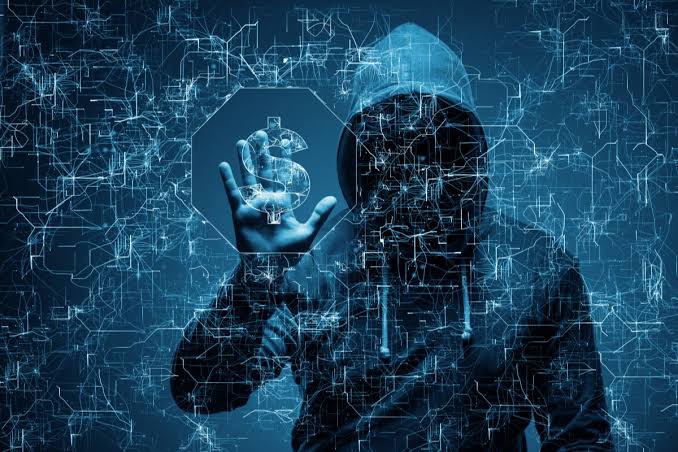- Introduction
In an era dominated by digital advancements, the cybersecurity landscape has become a pressing concern for individuals, businesses, and governments alike. Australia’s Essential Eight is a comprehensive set of cybersecurity strategies crafted by the Australian Signals Directorate (ASD) to counter targeted cyber intrusions. While initially designed for government agencies, the principles of the Essential Eight hold valuable lessons for all entities seeking to safeguard their digital assets. This article explores why it’s not just the government that should care about the Essential Eight, as its core strategies apply universally to bolster cybersecurity in an increasingly interconnected world.
1. Cyber Threats Know No Boundaries
The ever-expanding digital ecosystem has erased geographical borders, making cyber threats a global concern. Cybercriminals do not discriminate between government organizations, corporations, or individuals when seeking targets for their nefarious activities. The Essential Eight’s foundational strategies, such as application whitelisting, user application hardening, and multi-factor authentication, apply to any entity that seeks protection from cyberattacks.
2. Strengthening Businesses and Enterprises
While the Essential Eight was conceived with government agencies in mind, its principles have proven invaluable for businesses and enterprises too. Adopting the strategies outlined in the Essential Eight can help businesses protect sensitive customer data, proprietary information, and intellectual property from breaches and unauthorized access. By doing so, companies can avoid costly cyber incidents and maintain the trust of their customers and stakeholders.
3. Protecting Critical Infrastructure
Critical infrastructure, such as power grids, transportation systems, and healthcare facilities, is vulnerable to cyber threats that can have far-reaching consequences. The Essential Eight’s emphasis on patching operating systems, configuring Microsoft Office macros, and restricting administrative privileges can significantly enhance the security of critical infrastructure systems. Protecting these assets is not only crucial for the government but also for the safety and well-being of society at large.
4. Safeguarding Personal Privacy
As individuals, we increasingly rely on digital platforms for communication, finance, and various daily activities. Implementing the Essential Eight’s strategies, like multi-factor authentication and daily backups, can safeguard personal information, financial data, and private communications. Cybersecurity is no longer just the concern of large organizations; individuals must also take proactive measures to protect themselves from cyber threats.
5. Combating Ransomware and Cyber Extortion
Ransomware attacks have become a prevailing cyber threat, affecting both individuals and organizations. The Essential Eight’s focus on daily backups and application whitelisting can significantly reduce the impact of ransomware attacks. By following these guidelines, entities can minimize the risk of data loss and the necessity to pay ransom to cybercriminals.
Conclusion
In a digital landscape fraught with cyber threats, the Essential Eight offers valuable insights and strategies to strengthen cybersecurity measures. Originally designed for government agencies, its core principles are relevant to all entities seeking to protect their digital assets, regardless of size or industry.
The Essential Eight’s practical strategies can fortify businesses against cyberattacks, safeguard critical infrastructure, protect personal privacy, and combat the rising tide of ransomware and cyber extortion. Embracing these cybersecurity measures is not just a responsibility for governments; it is a collective imperative for individuals, businesses, and organizations to create a more secure and resilient digital ecosystem.
By recognizing the universal significance of the Essential Eight and its role in defending against cyber threats, we can collectively contribute to building a safer digital future for all. Emphasizing cybersecurity awareness, education, and proactive measures will undoubtedly strengthen our collective resilience against the ever-evolving landscape of cyber threats.
